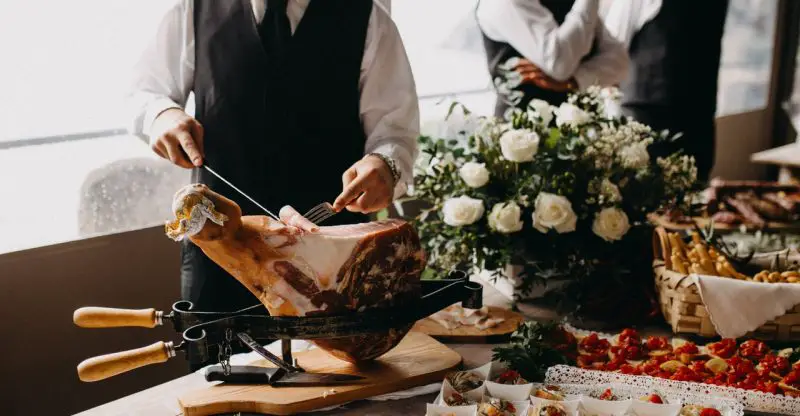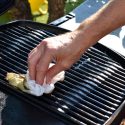4 Basic Tips You Need To Know Before You Become a Capable Chef
While not everyone may enjoy it, if you aspire to be a home cook or aim for a professional culinary career, you’re going to find yourself using knives frequently.
For everyday cooking, slicing and dicing to chopping and mincing, everyone needs a blade. So it would be in your best interest to learn how to use one safely and skillfully.
For this purpose, you need the understand the world of knives and learn to perfect simple tasks and basic techniques. Like how to:
1. Properly Grip A Knife
You need to have complete control over your knife when cutting food up, especially so you won’t chop your own hands off.
That’s why it’s important to learn how to hold a knife in the most efficient way possible.
Your thumb and first finger need to grip the knife just beyond its handle. This makes the blade a part of your hands as an extension.
Thus, giving you more control and accuracy while cutting.
When mincing smaller foods and vegetables, you should have one hand on the top of the blade while the other on the handle.
The tip of the blade should also be rested on the cutting board until the food is chopped up.
2. Have Knowledge Of All the Types
Different knives provide different services. If you are an occasional cook, then you may only need a simple paring knife and a chef’s knife.
But for day-to-day chefs that like to experiment with their dishes, something like a professional Japanese steel blade or a serbian chef knife is better off. Visit imarku on the web to sift through some of the incredible knives available.
The kind of knife you use depends on your field of cooking and skill, thus knowing which types of knives are best for what is crucial:
- Chef’s Knife: The chef’s knife is a standard for any kitchen. It is great for mincing meat, cutting vegetables, slicing herbs, and nuts.
- Paring Knife: A paring knife is small and short-bladed for everyday use or fancy and delicate cutting by professionals. It’s great for peeling all sorts of fruits and vegetables, dicing herbs, and removing seeds in fruits.
- Slicing Knife: Much the same as a carving knife, slicing knives are long and have thin, more flexible blades. It is ideal for cutting and carving thin slices of meats, slicing fruits and vegetables for side dishes like salads.
- Butcher’s Knife: Commonly known as a “Cleaver”, It is a heavy, thick-bladed knife. It is typically used to cut many kinds of meat and separate them from bones. It can also be used to cut larger fruits like pineapples and melons.
3. Take Care Of Your Knife
Sharpening your knife and knowing how to properly wash it is an essential part of owning a knife.
It is generally known by all chefs that “A dull blade is much more dangerous than a sharp one”.
While a sharp blade will allow you to easily cut through any meat, fruit, or vegetable, a dull blade will force you to struggle and exert more force which may cause accidents.
4. Learn Helpful Techniques
Even the most esteemed and admired chefs had to start somewhere. Learning some useful techniques to help you speed up and use a knife properly.
Using common techniques like cutting the produce in half first to make a flat surface and putting the ingredients on the back of your knife since it’s where the most force is exerted.
Most Importantly, Practice:
No matter what you do or how you do it, ultimately your skill lies in how much time you spend practice and refining your abilities.
So don’t get discouraged right off the start. Like any other skill, it takes time and work. Follow these basics and tips, but most importantly practice.








